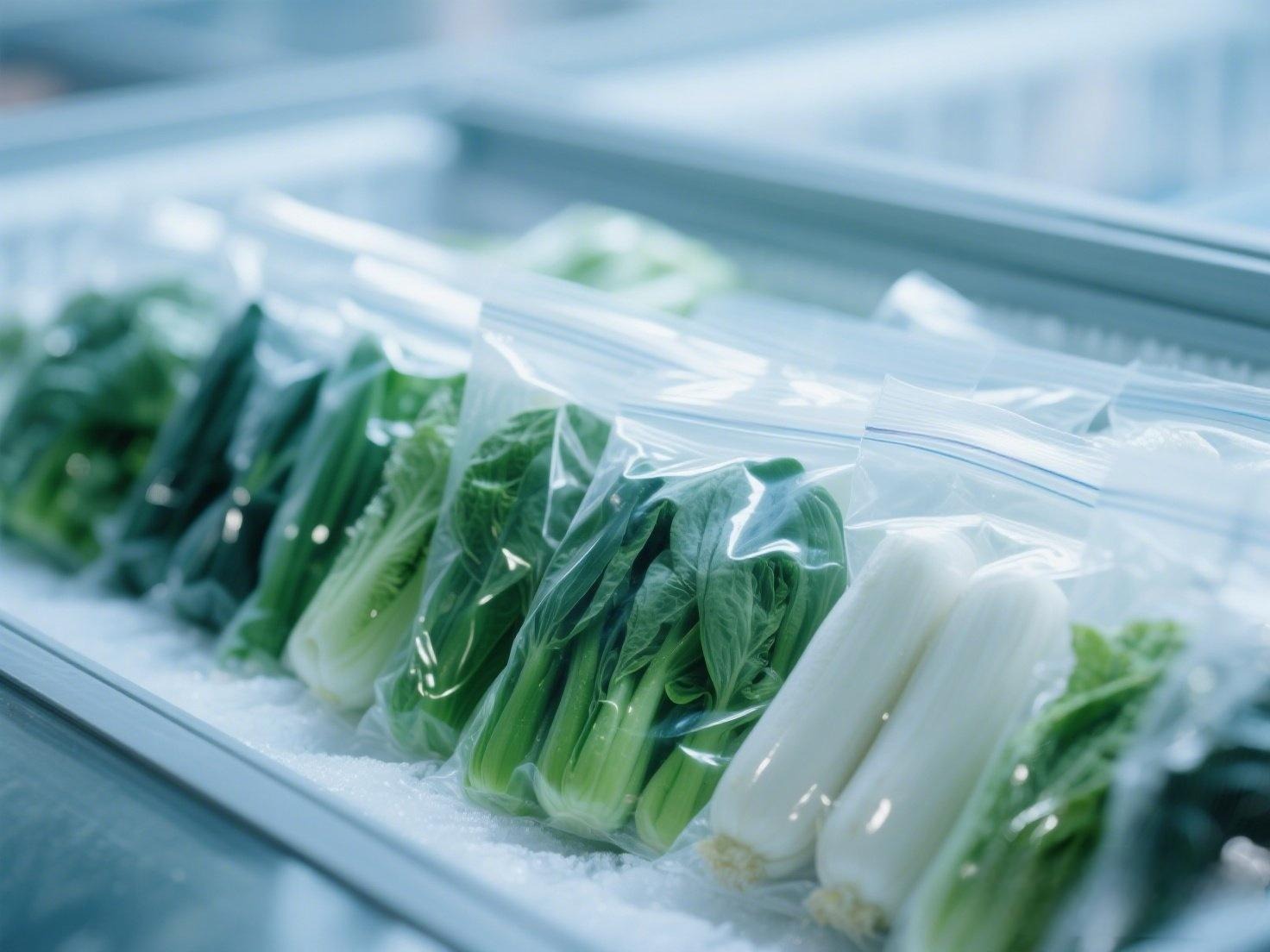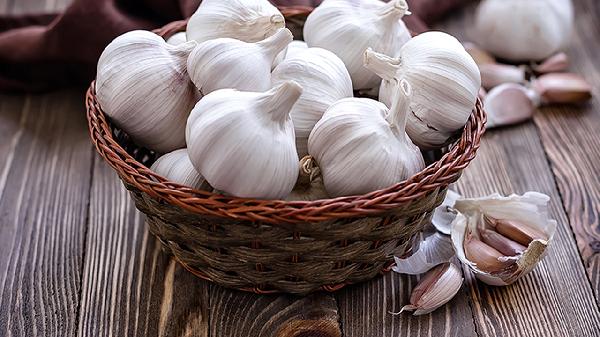Fiber is one of those unsung heroes in our diet—often overlooked but absolutely essential for keeping our bodies running smoothly. Sure, we all know it helps keep things moving in the bathroom department, but fiber does so much more than that. It plays a key role in stabilizing blood sugar, lowering cholesterol, and even supporting a healthy gut microbiome. Yet, despite its importance, most Americans aren’t getting nearly enough of it. And when it comes to the two main types—soluble and insoluble—things can get a little confusing. So let’s break it down in a way that’s easy to digest (pun intended).
What Exactly Is Soluble Fiber?
Soluble fiber is the kind that dissolves in water, forming a gel-like substance in your gut. Think of it like a sponge that soaks up water and expands—this quality helps slow digestion, which can be a game-changer for blood sugar control. "It binds with fatty acids and prolongs stomach emptying, which helps regulate sugar absorption and can even lower LDL cholesterol," explains Lauren Manaker, MS, RDN. You’ll find soluble fiber in foods like oats, apples, beans, and citrus fruits. Plus, it’s a favorite snack for your gut bacteria, which means it plays a big role in keeping your microbiome happy and your immune system strong.
And What About Insoluble Fiber?
Insoluble fiber, on the other hand, doesn’t dissolve in water. Instead, it acts like a broom, sweeping through your digestive tract and adding bulk to your stool. This helps food move through your system more efficiently, preventing constipation and keeping things regular. "It’s found in foods like whole grains, nuts, seeds, and the skins of fruits and veggies," says Manaker. So if you’ve ever heard someone say, "Eat the peel!"—this is why. That roughage is doing your gut a solid (literally).
Soluble vs. Insoluble: How They Stack Up
While both types of fiber are crucial, they work in different ways. Soluble fiber slows digestion, which is great for stabilizing blood sugar and keeping you full longer. It also helps lower cholesterol by binding to bile acids (which are made from cholesterol) and escorting them out of your body. Insoluble fiber, meanwhile, speeds things up in the digestive department, preventing backups and keeping your gut motility in check. So while soluble fiber is more about absorption and regulation, insoluble fiber is all about movement and elimination.
Top Foods Packed With Soluble Fiber
If you’re looking to up your soluble fiber intake, focus on these gut-friendly options: oats (hello, overnight oats!), peas, beans (black beans, lentils, chickpeas—take your pick), apples (with the skin for extra benefits), citrus fruits, carrots, barley, and psyllium husk (a popular fiber supplement). These foods not only help with digestion but also contribute to long-term heart and metabolic health.
Best Sources of Insoluble Fiber
For insoluble fiber, load up on whole grains (like brown rice and quinoa), wheat bran, nuts (almonds, walnuts), beans (yes, they pull double duty!), cauliflower, green beans, and potatoes (especially with the skin on). These foods are your go-to for keeping things moving smoothly and preventing that dreaded sluggish feeling.
Which One Should You Prioritize?
The truth? You need both. Soluble and insoluble fiber work together to keep your digestive system balanced. While soluble fiber helps with nutrient absorption and cholesterol management, insoluble fiber ensures waste doesn’t hang around too long. Most experts recommend aiming for about 25 grams of fiber per day for women, with roughly a quarter coming from soluble sources and the rest from insoluble. But don’t stress over the exact ratio—just focus on eating a variety of fiber-rich foods, and your body will thank you.
At the end of the day, fiber is one of the simplest yet most powerful tools for maintaining good health. Whether you’re looking to improve digestion, support heart health, or just feel more energized, getting enough of both soluble and insoluble fiber is key. So next time you’re meal prepping, throw in some oats, beans, whole grains, and plenty of fruits and veggies—your gut (and your future self) will be glad you did.
























